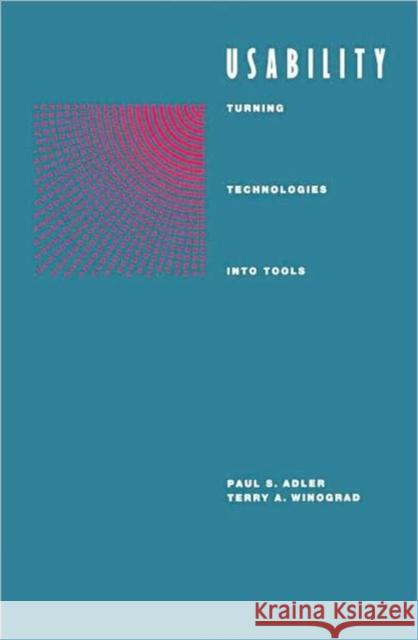Usability: Turning Technologies Into Tools » książka
Usability: Turning Technologies Into Tools
ISBN-13: 9780195075106 / Angielski / Twarda / 1992 / 224 str.
As more and more equipment incorporates advanced technologies, usability -- the ability of equipment to take advantage of users' skills and thereby to function effectively in the broad range of real work situations -- is becoming an essential component of equipment design. Usability: Turning Technologies into Tools collects six essays that herald a fundamental shift in the way industry and researchers think about usability. In this new, broader definition, usability no longer means safeguarding against human error, but rather enabling human beings to learn, to use, and to adapt the equipment to satisfy better the demands and contingencies of their work. Following an introduction that develops some core concepts of usability, the subsequent chapters: -- describe the role of usability in guiding one of Xerox's largest strategic initiatives -- analyze a Monsanto chemical plant where a study of worker's conversational patterns contributed to the design of a more effective system of controls -- present an empirical study of equipment design practices in U.S. industry which contrasts technology-centered and skill-based design approaches -- summarize recent Scandinavian experiences with user participation in design, with specific reference to the DEMOS and UTOPIA projects -- analyze European experiences that suggest five key criteria for effective human-centered design of advanced manufacturing technology --offer an insightful discussion of the powerful, often hidden human and organizational resources that conventional design processes overlook. Today, three quarters of all advanced technology implementations in manufacturing fail to achieve their performance goals because of inadequate usability. By viewing the human being as a mechanistic system component, and not a particularly reliable one, the traditional "human factors" model of usability virtually ensures that the uniquely human qualities -- experience, adaptation, innovation -- will be neglected, and therefore that new technologies will realize little of their true potential. Usability: Turning Technologies into Tools answers the need for better usability criteria and more effective design and usability assurance processes. In so doing, it leads the way to making a new, broader concept of usability central to design. Its chapters will be of interest to managers and professionals in computer systems, manufacturing engineering, industrial design, and human factors, as well as researchers in disciplines such as computer science, engineering, design studies, sociology, organizational behavior and human resource management, industrial relations, education, and business strategy.











